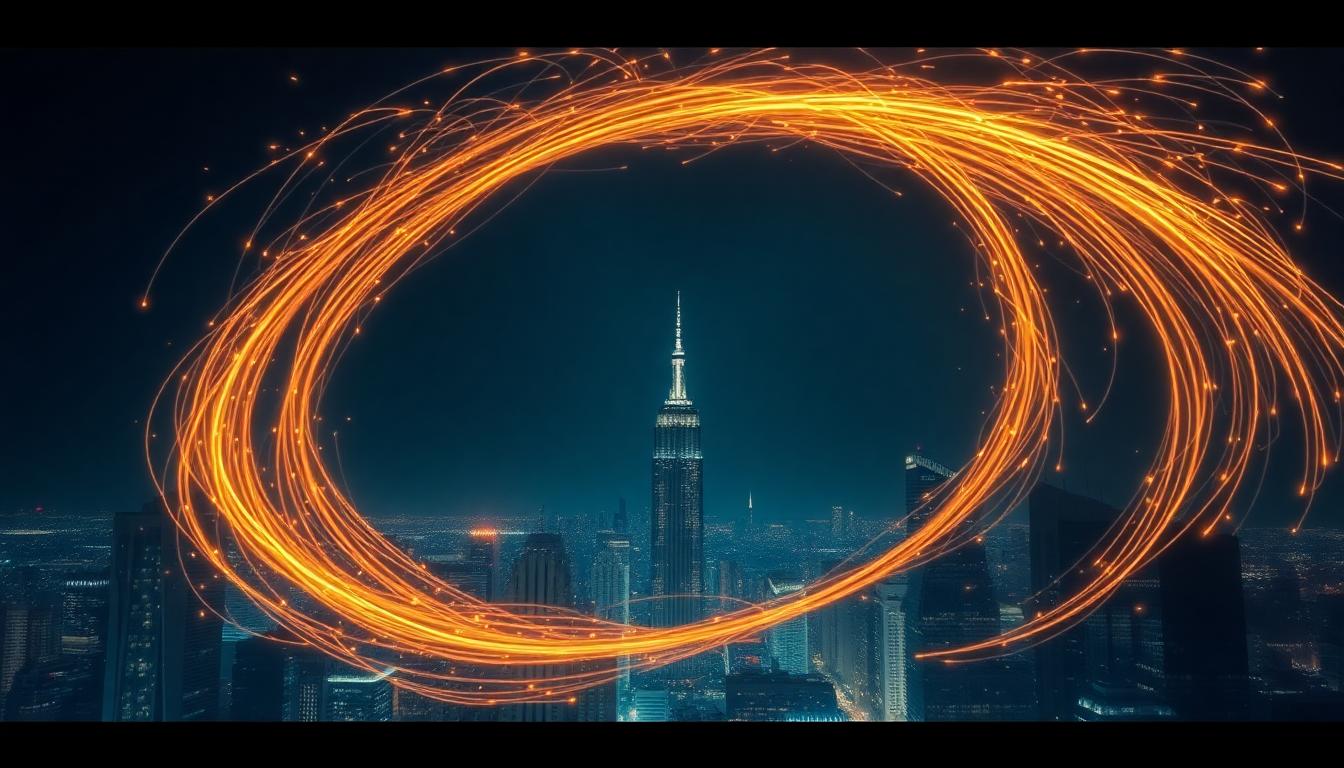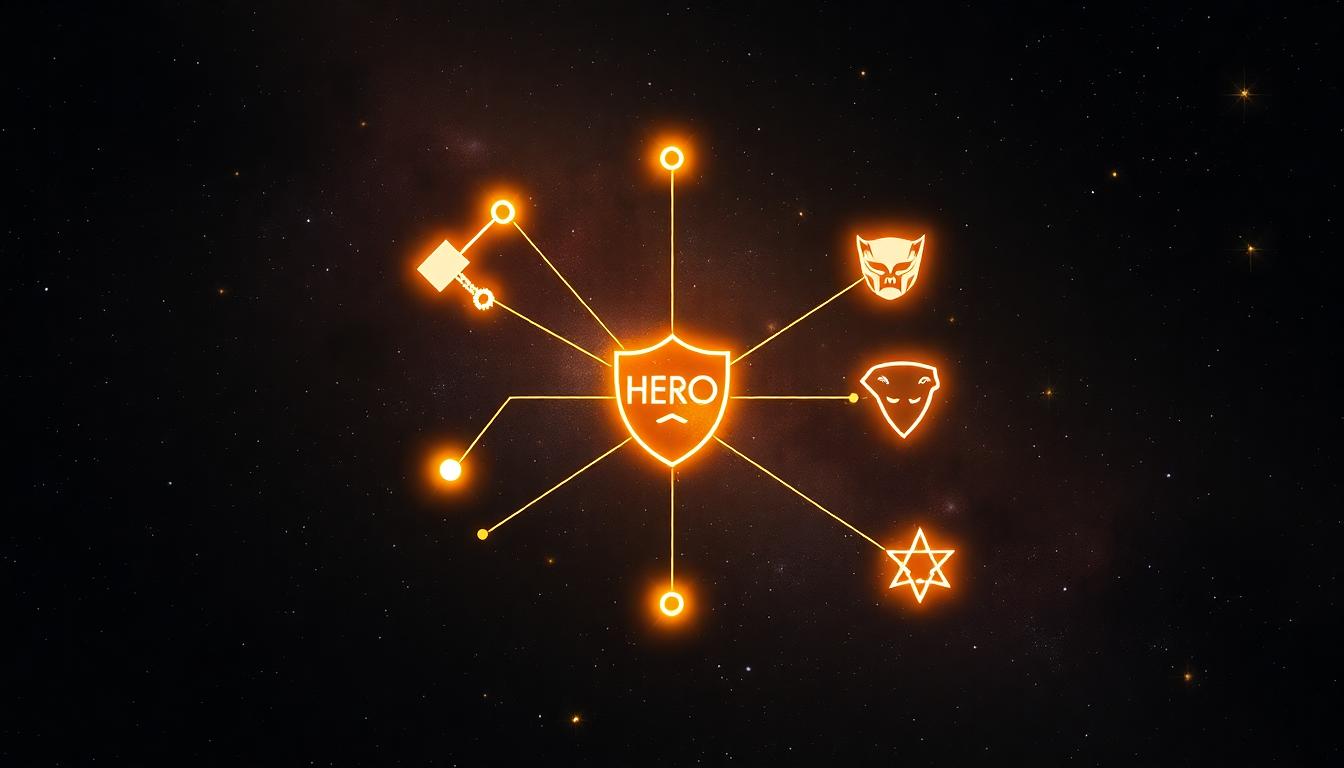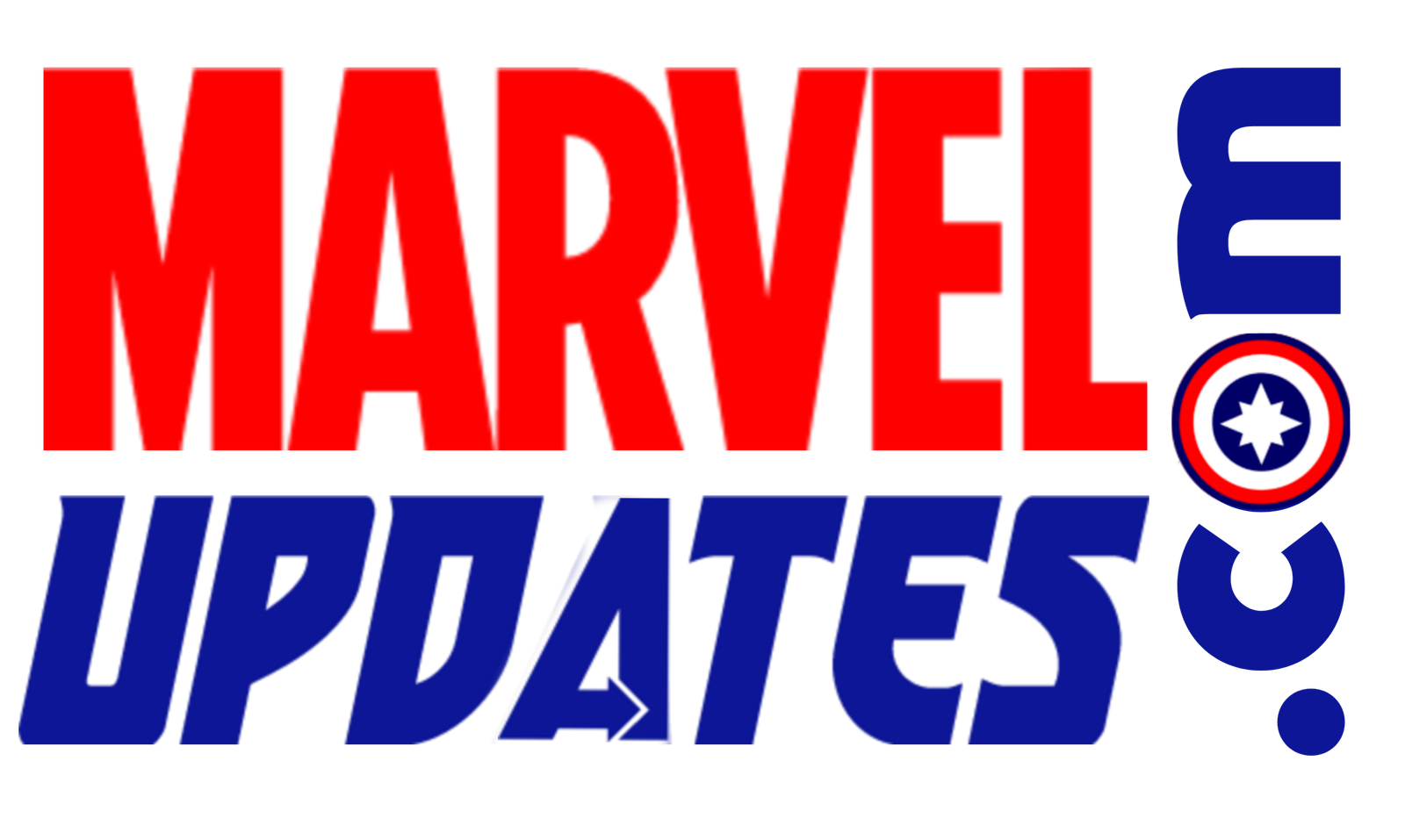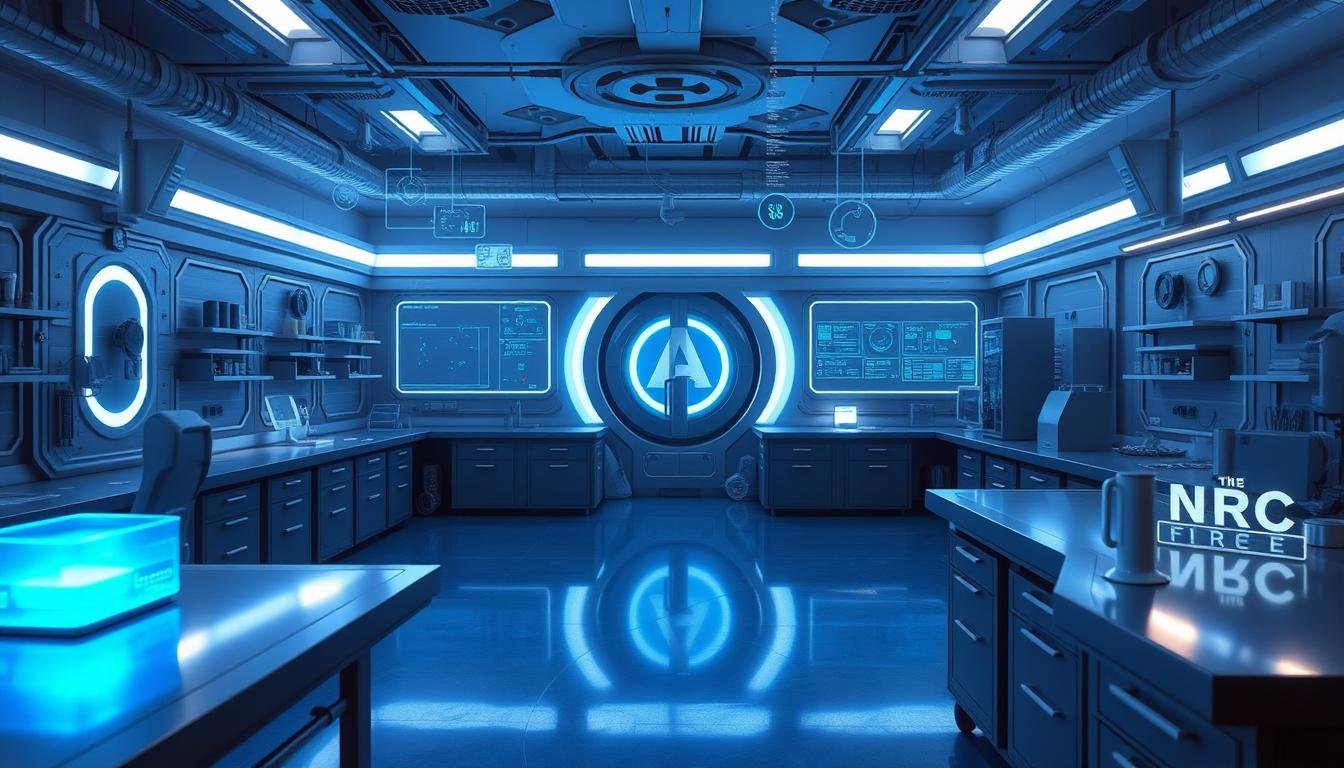The Marvel Cinematic Universe spans dozens of movies and series. A few characters shaped the whole saga, drove the biggest moments, and set up what comes next. Here is a clear guide to the MCU’s most important heroes and villains, why they matter, and the arcs that defined them.
Iron Man
Tony Stark launched the MCU’s tone: flawed genius, big stakes, and heart. His tech arms race sparked conflicts, alliances, and the Infinity Saga’s moral core. His legacy drives new heroes, suits, and ethical debates about power and responsibility.
Why he matters
- Kickstarted the MCU and the Avengers initiative.
- Anchored crossovers with tech, funding, and leadership.
- His sacrifice closed the Infinity Saga and reshaped stakes.
Captain America
Steve Rogers is the MCU’s moral compass. His arc moves from duty to personal choice, then back to service. The Winter Soldier storyline reframed the MCU with spy-thriller depth and a sharper view of institutions.
Why he matters
- Leads with values, not power.
- His conflict with Stark splits the Avengers, changing the board before Thanos.
- Passes the shield, setting the stage for new leadership.
Thor
Thor bridges Earth to the cosmic side. He brings mythic stakes, gods, and multiverse-adjacent threats. His growth from pride to empathy opens the door for cross-realm alliances and cosmic villains.
Why he matters
- Connects Earth heroes to cosmic wars.
- Introduces Asgard, the Bifrost, and ancient enemies.
- His losses deepen the MCU’s emotional range.
Black Widow
Natasha Romanoff grounds the MCU with spycraft and sacrifice. She turns a red ledger into redemption, holds the team together, and shows that courage is not tied to superpowers.
Why she matters
- Human-scale hero in a superhuman world.
- Key to espionage plots and bridge between agencies and Avengers.
- Her sacrifice keeps the team’s mission alive.
Hulk
Bruce Banner is power and restraint in one. From the fugitive to scientist-hero, his transformation mirrors the MCU’s mix of science and chaos.
Why he matters
- Pure force in major battles.
- Gamma science threads through several arcs.
- Shows the cost of being a hero.
Loki
Loki moves from villain to antihero to guardian of timelines. He is the engine of conflict in early phases and a guide to multiverse stakes later.
Why he matters
- Drives the first Avengers-level threat.
- Explores identity, free will, and destiny in the multiverse era.
- Connects ground-level stories to cosmic time threads.
Nick Fury
Fury gathers the team and keeps secrets that move plots. He stands at the crossroads of intelligence, aliens, and superhero politics.
Why he matters
- Architect of the Avengers initiative.
- Links Earth defense to cosmic threats.
- Drives spy arcs and shadow diplomacy.
Black Panther
T’Challa elevates the MCU with a sovereign hero and a nation rich in culture and science. Wakanda reframes resources, diplomacy, and what leadership looks like.
Why he matters
- Brings Wakanda and Vibranium into play.
- Shifts the balance of power and alliances.
- Shows legacy, grief, and hope at scale.
Spider-Man
Peter Parker keeps the MCU grounded. His coming-of-age arc balances school, mentorship, and world-level threats.
Why he matters
- Human stakes, big heart, and public identity dilemmas.
- Bridges street-level and Avengers plots.
- Symbol of the next generation.
Scarlet Witch
Wanda Maximoff pushes the MCU into grief, chaos magic, and reality-bending risks. She shows how loss can shape power.
Why she matters
- One of the most powerful characters on the board.
- Drives the MCU into magic, myth, and multiverse rules.
- Her choices ripple across teams and timelines.
Doctor Strange
Strange is the MCU’s mystic anchor. He manages cross-reality threats and acts as a gatekeeper when rules break down.
Why he matters
- Guardian against magical and multiverse risks.
- Connects Avengers to sorcery and cosmic entities.
- His decisions test the universe’s limits.

Captain Marvel
Carol Danvers adds deep-space scale. She links Earth to interstellar politics and brings raw power to galactic-level battles.
Why she matters
- Bridges Earth and cosmic conflicts.
- Shifts endgame-level battle math.
- Expands the MCU beyond one galaxy.
Ant-Man
Scott Lang turns heists into heroics and makes the Quantum Realm essential. Small stakes, big impact.
Why he matters
- Introduces the Quantum Realm and time heist mechanics.
- Connects family themes to universe-saving plans.
- Underdog energy that keeps the MCU fun.
Guardians of the Galaxy
The Guardians bring heart, humor, and cosmic consequence. They widen the map and humanize space opera arcs.
Why they matter
- Connect Infinity Stones, Titans, and celestial lore.
- Blend found-family themes with giant stakes.
- Open the door to future cosmic teams.
Loki Variants and the TVA
Variants and the TVA explain branches, incursions, and how choices echo. They tie character arcs to the meta-rules of the MCU.
Why they matter
- Clarify multiverse structure for viewers.
- Set up crossovers, cameos, and consequences.
- Give legacy characters new paths without resets.
How These Characters Shaped the Saga
- Phase One built trust, tech, and team dynamics.
- Phase Two deepened conflicts and global stakes.
- Phase Three balanced loss with legacy, closing one era and seeding the next.
- Phase Four and beyond explore multiverse rules, grief, and new leadership.

What to Watch Next
- How the multiverse stabilizes or fractures.
- Which new leaders rise on Earth and in space.
- How legacy roles evolve without simple recasts.
- Cross-team events that tie threads into one arc.
Key Takeaways
- Iron Man, Cap, Thor, and Black Widow built the core.
- Loki, Strange, and Wanda opened doors to magic and timelines.
- Spidey, Black Panther, and Captain Marvel bridge old and new.
- Ant-Man and the Guardians made the Quantum and cosmic sides essential.
To contact us click Here .
Discover more from Marvel Updates
Subscribe to get the latest posts sent to your email.

